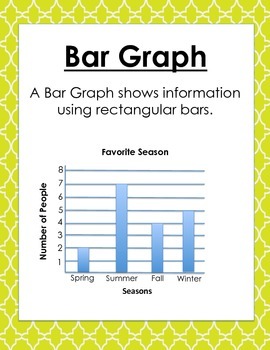

Near Valentine’s Day, give each student a box of conversation hearts to graph. Then give them m&m’s, skittles, gummy bears or lifesavers to graph by color. Make a graphing mat for each student on white paper. This is a great transition to a picture graph. If you do apple tasting, have each students draw his favorite color apple onto an index card and then graph the favorites. After you graph you can use the apples for tasting the different colors or for making applesauce. You might bring in one or two yellow and greens, so that you don’t end up with all red apples and so that you have extra for those who have forgotten to bring one.

To add some graphing to the unit, have each student bring in a red, yellow or green apple and then sort and graph them onto your graphing mat. If you teach kindergarten or first grade, you probably have an apple unit early in the year. You can also graphs shoes by color or type of shoe e.g. They may need some guidance deciding where to place the shoes, if this is their first time graphing. Have the students line that shoes up in the appropriate columns and then discuss the graph. Then label two columns of your floor mat Laces and No Laces with index cards. Sort the shoes into piles for laces and no laces. This is an easy first graphing experience for students. You can purchase a pre-made floor mat for graphing or make your own using a white shower curtain liner and making a grid on it with painter’s tape.Īfter you complete each graph let the students talk about their observations and then ask questions about the graph. Try these ideas for making concrete and picture graphs. After they have experience with real graphs they can begin to make picture graphs and symbolic graphs. Younger students will understand graphing best when they begin graphing using real objects. Before they can learn to interpret and use graphs, students need experience with making their own.


 0 kommentar(er)
0 kommentar(er)
